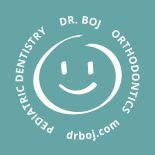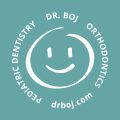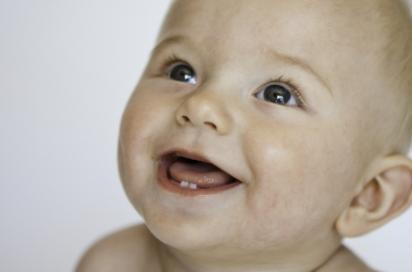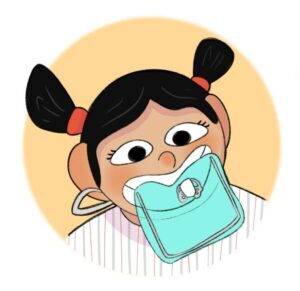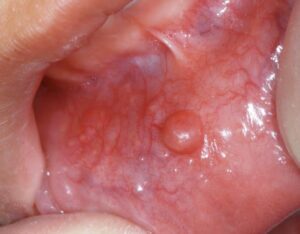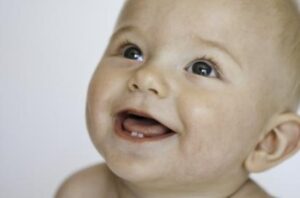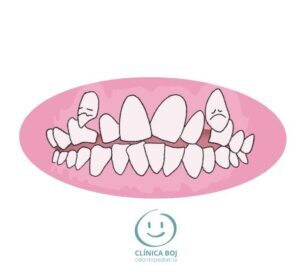When do front teeth or incisors erupt?
What are the front teeth called?
Commonly speaking, front teeth are the four incisors at the top and bottom of the mouth. The baby’s first tooth is a front tooth that comes out in their gums. More often, it is the mandibular central incisor. Therefore, it is the first part of the beginning of the eruption process of milk teeth.
The appearance of teeth in babies is a process that marks several milestones in their early development. The front teeth in the mouth are the most visible when smiling. As they grow, babies need to divide food into smaller pieces. Therefore, when mandibular and maxillary lateral incisors also appear, incisors become an essential part of the tearing food process.
Undoubtedly, babies move from being infants to exploring solid foods and other textures. The eruption of incisor teeth helps them crush and grind food in different ways, which is important for eating.
When does a baby’s front teeth erupt?
Front teeth eruption or the appearance of the first incisor tooth usually begins sometime around 6 months of age. However, it is important to keep in mind that each baby is unique and the exact timing may vary. Some babies may experience the eruption of the first incisor tooth before or after 6 months.
Furthermore, teeth may even develop in some babies at birth. Nevertheless, this is not common.
What are incisor teeth?
Front teeth are as important as every other type of teeth in the mouth. Incisors are flat with a thin edge having a fundamental role in food biting. In other words, incisors are sharp teeth at the front of the mouth helping nourishing human beings.
What is the purpose of the incisors?
In summary, incisors teeth functions include:
a) tearing food and cutting it into smaller pieces
b) helping to pronounce words, and
c) supporting the lips.
Why do front teeth separate?
Separated front teeth, creating a space called diastema, or gapped teeth is usually a positive factor with milk teething. Normally, this feature between the two upper central front teeth will allow space for the permanent teeth. Permanent maxillary central incisors appear around the age of 7 years.
On the other hand, in adult teeth, separated front teeth may need orthodontic treatment. One cause of gapped teeth is disproportion between the teeth and the size of the upper jaw bone. However, sometimes the use of invisible orthodontics is enough in these cases. Another possible cause of diastema can be a hypertrophic labial frenulum.
How many teeth does the temporary dentition have?
Generally, baby teeth, also known as primary or temporary teeth, begin to erupt between 6 and 12 months of age. This eruption process will continue throughout the baby’s first three years of life.
In short, the primary dentition will eventually consist of twenty teeth. The last temporary teeth will remain in the child’s mouth until the age of 12 years approximately. Let us remember that permanent teeth are thirty-two, including permanent molars and wisdom teeth.
In summary, the temporary dentition has different types of teeth. The lower central incisors are usually the first teeth to erupt.
The upper central incisors normally follow these. Then the upper and lower, or maxilar and mandibular lateral incisors. As the baby grows, the back teeth, such as canines and primary molars, will also begin to erupt.
How to minimize pain of my baby’s teething?
Finally, tooth eruption can be an uncomfortable process for some babies. This occurs because irritability, excessive drooling, gum disease such as reddening, and even difficulty in sleeping can go along it.
Therefore, to alleviate pain and discomfort, parents can offer safe objects to bite on. We recommend relieving pain with chilled teething rings, and gently rubbing the baby’s gums with a clean, cold finger. Several paediatric dentistry organizations, such as the American Academy of Pediatric Dentistry, recommend this.
In conclusion, the eruption of incisors and other primary teeth in infants is a progressive process. Moreover, it is a natural occurrence in the first few years of life.
Certainly, parents and caregivers can provide support during this process. They usually provide measures to alleviate discomfort and ensure good oral hygiene from an early age.
References:
